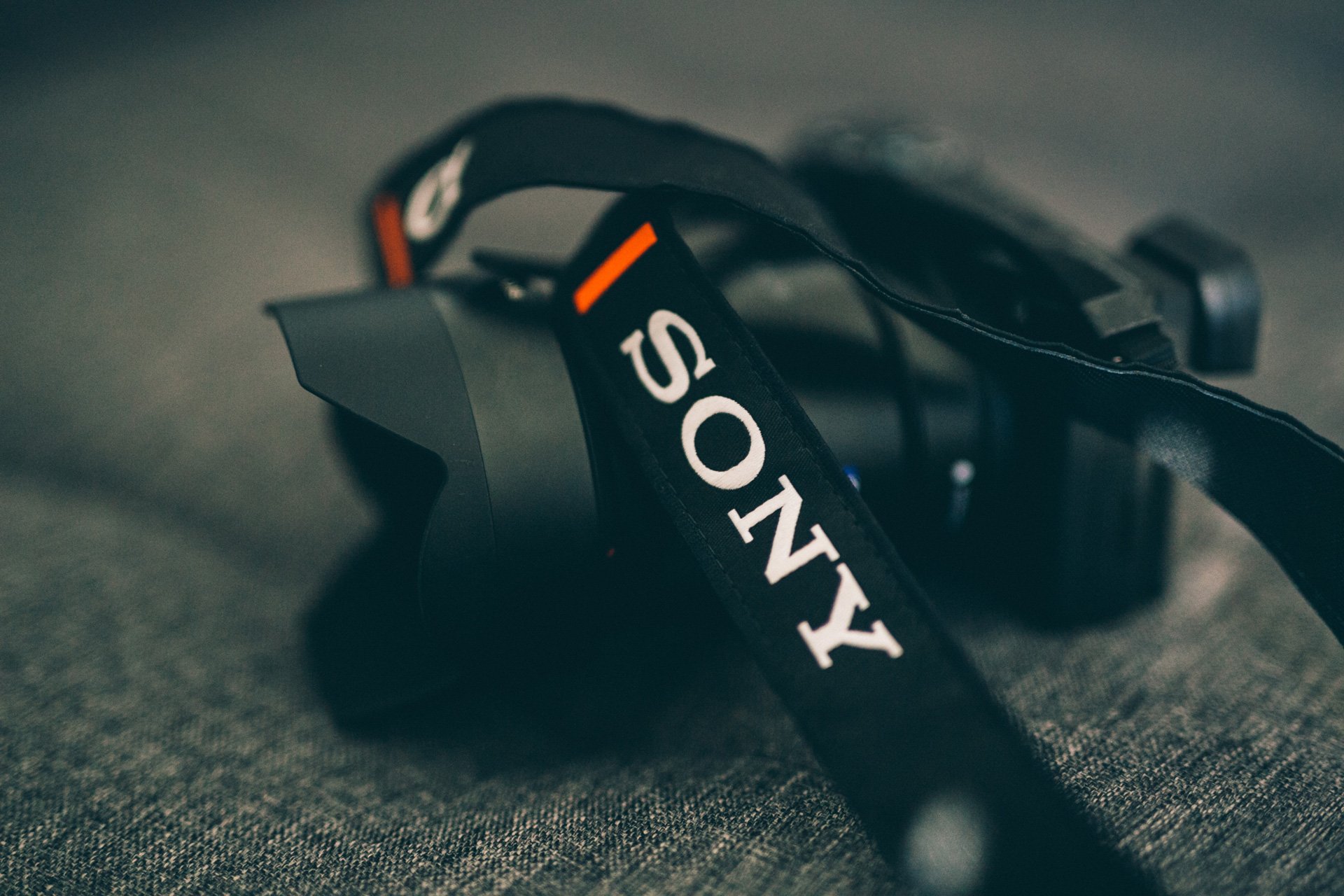
What camera should I buy for my upcoming trip?
This is one of the most common questions any photographer gets from family and friends looking for more than an iPhone but reluctant to spend a ton or carry massive DSLRs.
Of the options out there, the Sony a6500 will undoubtedly come up in the conversation. At just under $1,400 and under 16oz in body weight, it’s relatively inexpensive and small, but it still packs 24 megapixels, delivers high-quality imagery, and even has 4K video capabilities. So I took this camera on my recent travels to Southeast Asia to see if this little guy lived up to the hype.
(Look out next week for a full take on the a6500).
The Travel Photography Kit:
- Sony Alpha a6500 Mirrorless Camera Body
- Sony 24-70mm f/4 Vario-Tessar Lens
- Sony Sonnar T FE 55mm f/1.8 ZA Lens
Sony a6500 Performance

Dynamic Range
The a6500 sensor’s dynamic range performance isn’t mind-blowing like some of the cameras in the class above it, like the Sony a7R II, but definitely suitable for photographers with a decent understanding of exposure. For its class, it’s a strong performer, as you can see from some of the real-life examples I’ve included.
Below is an example of an underexposed image, and the image below that shows how much quality and detail is retained when you bump it by 3 full stops.



ISO performance
While the ISO range can reach 51200, you’ll want to stick to 3200 and below to get high-quality images, i.e. images that will print well at a reasonable size and have a professional look when displayed online. At 1600 there’s noticeable noise, so if you’re looking for clean, crisp, high-quality images, I would try to stick to 800 and below. Of course if you’re not too concerned about image quality and you just need to capture that random late night moment, feel free to push the a6500 to its ISO limits.
Below is an example of an image shot at ISO 3200, cropped in at 100% to illustrate the amount of grain at that ISO. The image that follows shows the final post produced image.


5 Axis Image Stabilization
The new In Body Image Stabilization (IBIS) is useful and welcome, especially for travel photography, when you’re not lugging around a full set of strobes and your tripod is often inaccessible. Below are handheld shots at 1/30th sec without any camera shake.

AutoFocus
I have mixed feelings about the autofocus system (the same system that is on the a6300). On one hand, the a6500 has a ton of AF options and features like 425 phase detection points, 169 contrast detection points, and with a 0.05 second AF speed. When I was using the camera, I had little to no focus issues.
However, when I set the a6500 to auto and gave it to a travel companion or random traveler, the results were very different. In fact, of those pictures, there were more out-of-focus results than in-focus.
In the image below, the monk at Ankor Wat was moving towards me, yet the face-detect on the a6500 was able to accurately focus without any issues.

While the camera does have touch focus, it doesn’t have touch shutter, available on some of its competitors like the Panasonic Lumix DMC G85 or Olympus OM-D E-M1 Mk II. With the touch shutter, you can give it to literally anyone and ask them to “tap on my face” to take the picture. While touch shutter is not the most important feature when the camera is operated by yourself or another photographer, it can be a huge help when you’re looking for a decent picture from a stranger.
11FPS Continuous Shooting and Larger Buffer Depth
The ability to shoot up to 107 RAW consecutive frames will come in handy if your travel adventures take you on wildlife adventures or any situations where shooting fast moving subjects is important. Plus, the effective focus tracking and lack of screen blackout during the continuous capture make this a great camera for capturing fast-moving, unpredictable action.
LCD Touchscreen
The rear touchscreen can tilt up and down but can’t move left to right or face the subject. While not a critical feature, more movement can be useful in certain circumstances when you’re unable to position your eyes directly in front of your camera. Remember, we are approaching this at the moment from the perspective of a traveller’s camera.

Right Thumb Controls Shutter and Aperture
If you like shooting manual and you need to control your aperture and shutter speed quickly, you’ll need some time to get used to the controls on the a6500 unless you’ve been previously acquainted with an a6300 or a6000 or something. Both aperture and shutter are controlled by the right thumb and are much more difficult to adjust than you might be used if you’re used to shooting DSLRs.

Form Factor & Durability
The a6500’s magnesium alloy body is weather sealed and stood up well against the Southeast Asia humidity and heat. I didn’t do much video, so I didn’t experience the overheating that has been reported in other reviews. But overall, the camera feels great with its recessed grip, and didn’t give me any issues. If you’ve played around with the a6300 or the a6000, you’ll be very familiar with the a6500, which uses the same form factor minus a few button arrangement changes.

Value and Competition for the a6500
If you’re looking for a small, durable, reasonably priced, high-performance camera for your travels, this is definitely a camera you want to check out. It gives you everything you need with only a few things to long for like touch shutter, more LCD tilting versatility, and rearrangement of the shutter and aperture and ISO controls. There is no denying the excellent image quality, solid performance in dynamic range, image stabilization, and ISO quality.
For reference and for your further research, here are some of the other cameras you might want to consider:
- Sony Alpha a6300
- Sony a7ii (Review)
- Sony a7sii
- Canon EOS M5
- Fujifilm X-T2
- Panasonic Lumix DMC – G85
- Panasonic DC-GH5
- Olympus OM-D E-M1
Note 1: If you’re coming from the DSLR world, I would highly suggest checking out the Olympus OMD EM1 Mark II. While it’s larger than the a6500 and a little more expensive, it’s my personal favorite of the bunch.
Note 2: Video features were not tested as part of this review.
More Sample Images






Thoughts | Comments?
I’d love to hear your thoughts in the comments below. What do you think of this camera? Would you recommend it?






Get Connected!